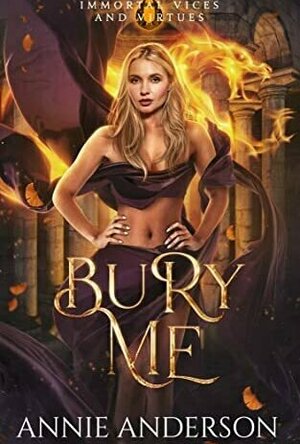
Pokémon Duel
Games
App
It's a Pokémon board game! Get matched up in real time and join a duel now! ■ Intro Pokémon...

LiveATC Air Radio
Travel and Entertainment
App
LiveATC Air Radio is brought to you by LiveATC.net PLEASE READ ***IMPORTANT NOTICE*** BELOW...

GPSmyCity: Walks and Articles with Offline Maps
Travel and Navigation
App
Thousands of travel articles, offline city maps, and self-guided walking tours in 600+ cities. On...

Police Radio - Mobile Scanner
News and Utilities
App
ABOUT THE APP: Police Radio is a fast & easy to use application for listening to live Police, Fire,...

Menace (Moonshine Task Force #5)
Book
Mason “Menace” Harrison “Single and ready to mingle……” Those are the words above...

Bury Me (Immortal Vices and Virtues: Her Monstrous Mates #6)
Book
The world ended the night I was born. Coincidence? I think not. Stuck living in the catacombs...
Reverse Harem Steamy Paranormal Romance Why Choose?

Jumia: Sell & Buy
Shopping and Lifestyle
App
Jumia is the largest marketplace in Africa. Download the app now and connect with thousands of...

Crypto News (Bitcoin,Ethereum)
News and Finance
App
Crypto News application for iOS collects exclusively fresh news about cryptocurrencies and...

HuntWise: A Better Hunting App
Navigation and Weather
App
You’re invited to take part in the best hunting app community out there! Share hunting experiences...
